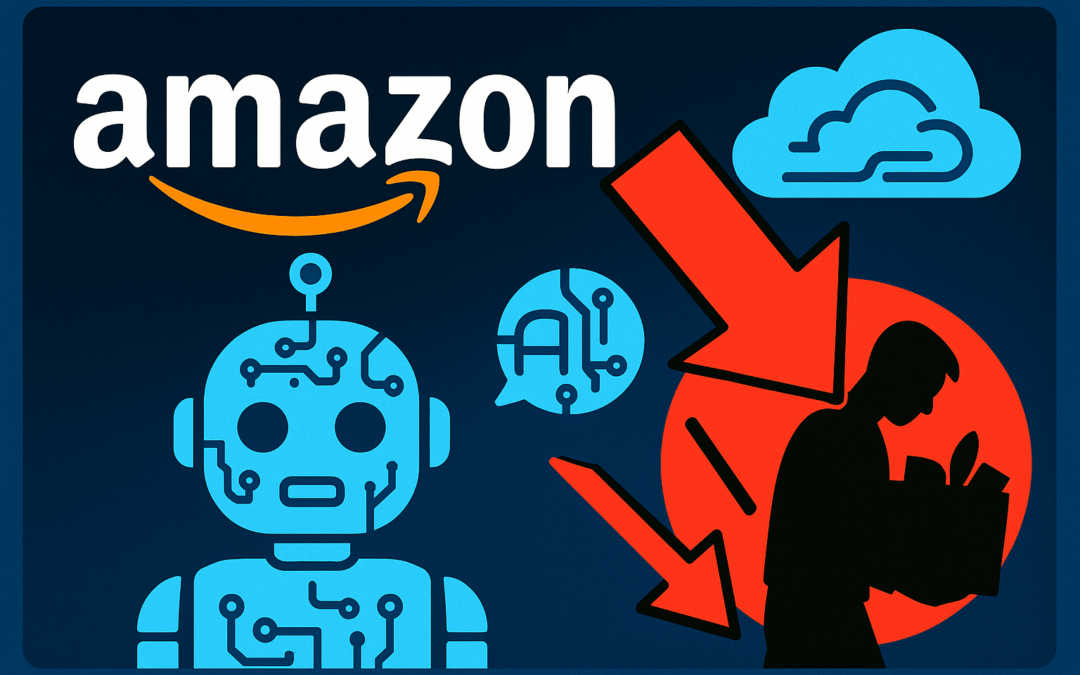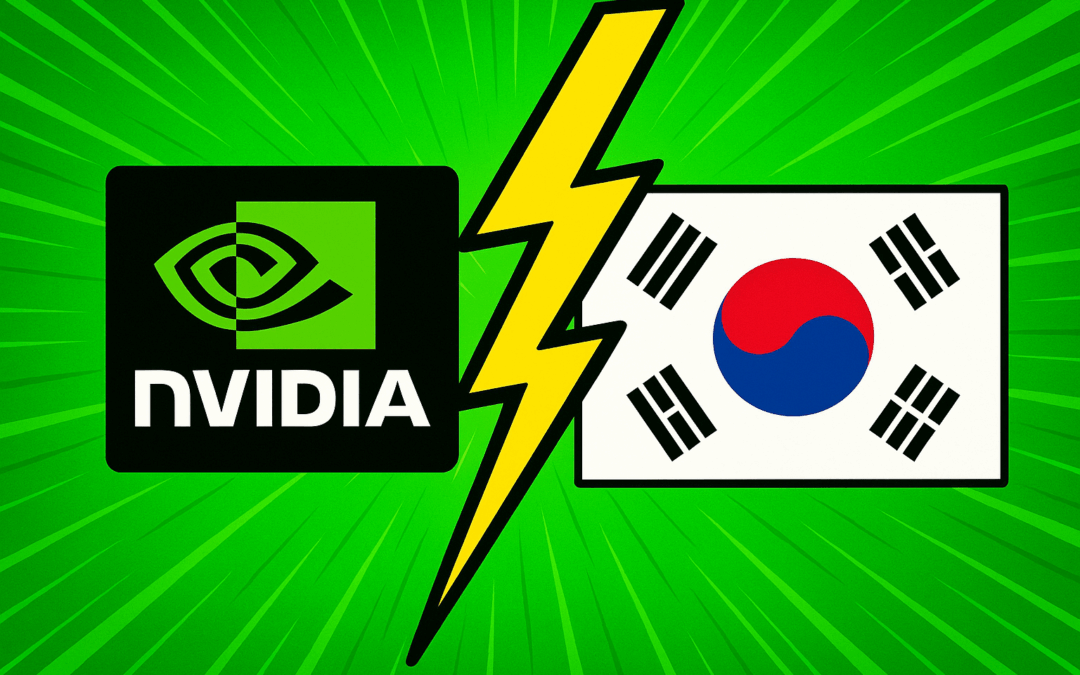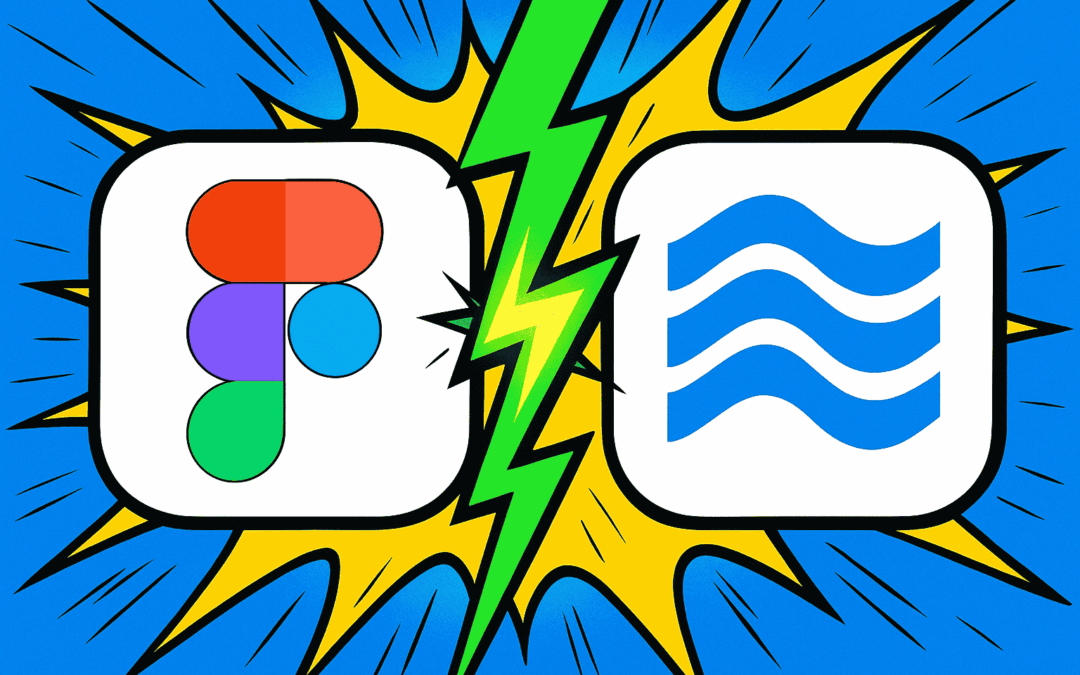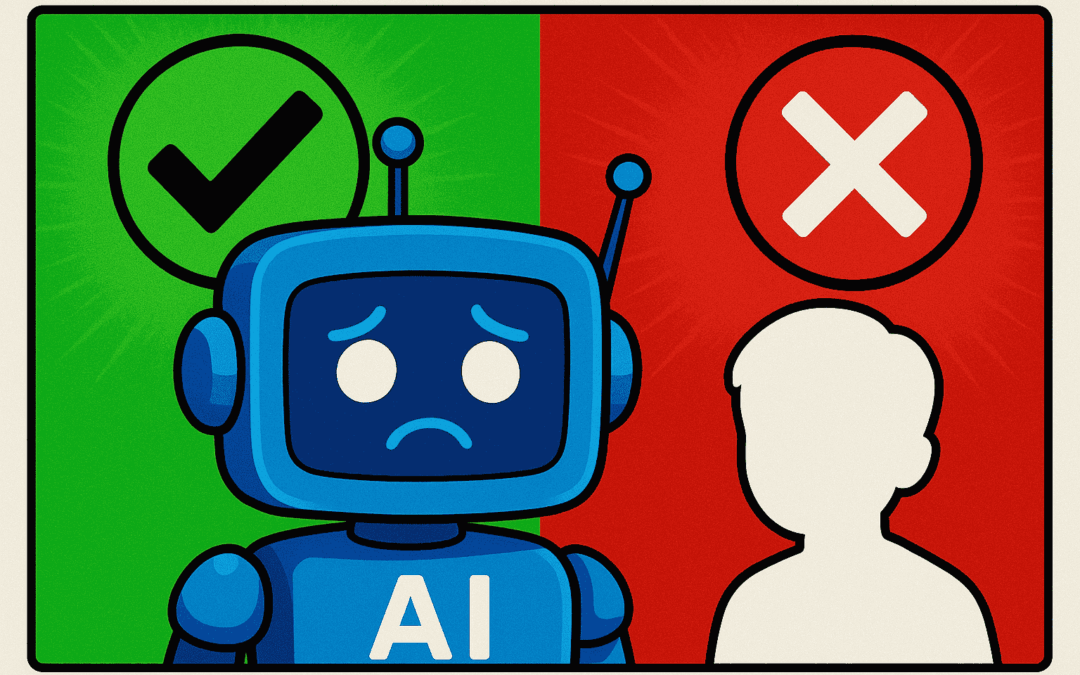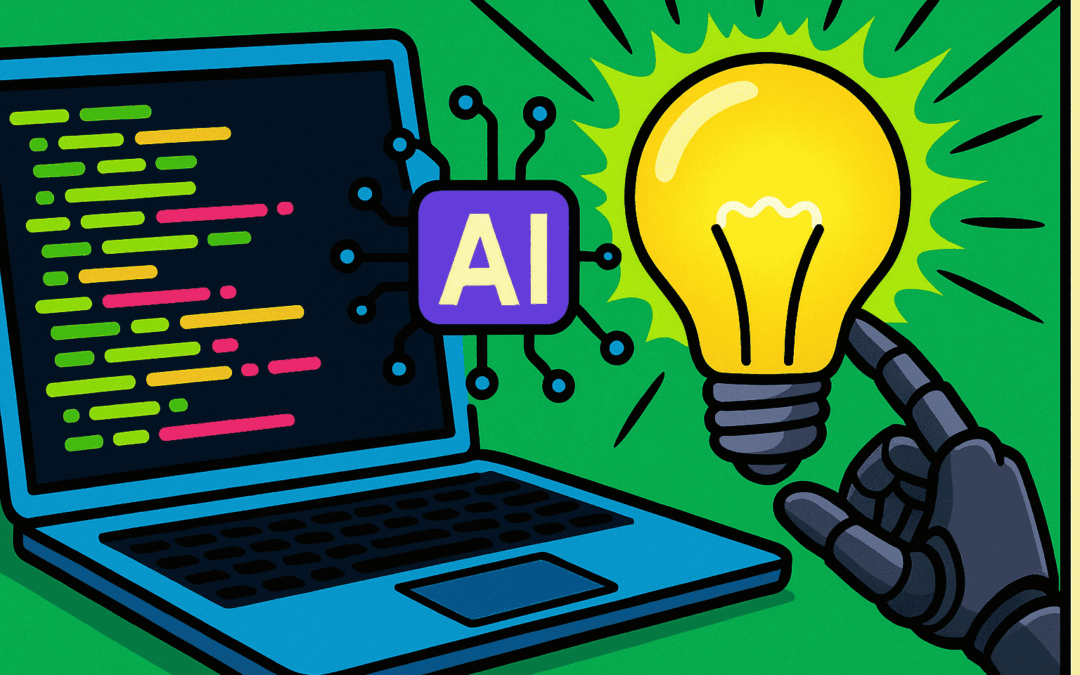The intersection of design, AI, and real-time collaboration just moved forward: Figma has announced the acquisition of Weavy, an AI-powered media generation company.
This move signals a pivotal moment in how product teams, developers, and AI innovators will shape the next wave of design tools and in-app collaboration features, harnessing generative AI and large language models to power smarter, integrated digital workflows.
Key Takeaways
- Figma acquires Weavy to deepen AI-powered media generation and in-app collaboration tools.
- This merger positions Figma to compete directly with Microsoft, Adobe, and Canva in the AI workspace.
- Developers gain access to new APIs for embedding generative AI features within custom workflows and products.
- The move signals rising demand for unified, intelligent design and communication platforms in enterprise software.
Figma’s Strategic Move in the AI Design Ecosystem
The acquisition of Weavy, confirmed by both Figma and Weavy on October 30, 2025, brings advanced AI media generation and chat collaboration natively into Figma’s platform.
Weavy’s abilities span real-time chat, document sharing, and AI-driven media creation — allowing teams to move effortlessly from ideation to prototyping without context-switching.
“This acquisition places Figma at the core of the race to deliver AI-native user experiences for productive, creative teams.”
Industry analysts at TechCrunch and VentureBeat note this as a direct response to similar AI integrations by competitors like Adobe Firefly and Canva’s Magic Media.
In addition, Microsoft Loop has begun encroaching on the collaborative workspace with Copilot-powered design and content features, raising the stakes for integrated AI.
AI-Driven Features Transforming Developer Workflows
For developers and product teams, the Weavy acquisition means new SDKs and APIs for embedding generative AI functions—like automated image, audio, or text content—directly into Figma-powered plugins and third-party apps.
Weavy’s SDKs (previously popular for embedded chat and media generation) are expected to become native Figma features, giving developers a scalable AI toolkit.
“Developers will unlock new possibilities for automating content creation, workflow augmentation, and real-time, context-aware teamwork within Figma’s expanding ecosystem.”
For AI professionals, this integration opens new avenues for experimenting with multimodal AI (images, text, and chat) directly in design flows.
Startups can now envision building lean, AI-first productivity apps on top of Figma, leveraging Weavy’s infrastructure.
Implications for Startups and Enterprise Platforms
As demand for AI-enhanced design and communication tools surges, Figma’s acquisition puts pressure on SaaS vendors and startups to match rapidly evolving AI capabilities in-app.
Unified media and conversation platforms like Notion and Slack also now face stiffer competition as Figma expands beyond pure design into holistic, AI-powered productivity.
“Expect new collaboration standards to emerge, as AI-driven features become baseline expectations for enterprise design and workflow solutions.”
For AI startups, partnering or integrating with the Figma-Weavy stack represents a new market opportunity, as clients increasingly seek out platforms that combine design, communication, and media automation—and will reward vendors who can do it seamlessly across distributed teams.
What Comes Next?
Figma’s roadmap now includes not just design system management but also native, AI-augmented collaboration and media tools. Watch for continued investment in LLM integrations, more extensible APIs, and enterprise-ready security for AI-powered features.
Ultimately, this acquisition is another clear indicator that the future of SaaS—especially for creative and product teams—will be both AI-first and collaboration-centric.
Source: TechCrunch


